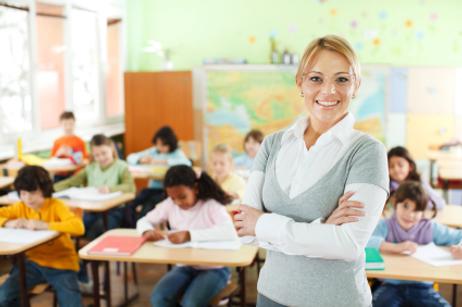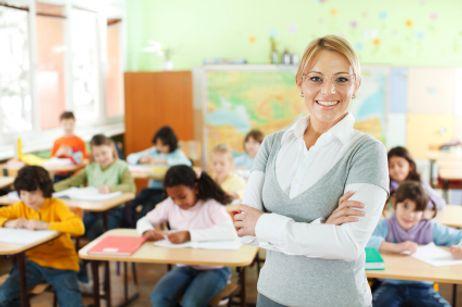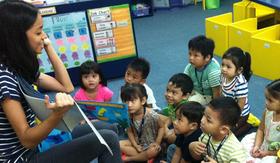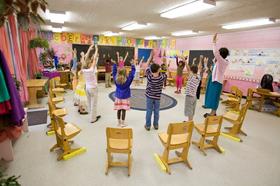Are you thinking about sending your child off to private school? Then, you must decide which educational philosophy and approach works best for you. What it comes down to is whether you want to send your child to a school that uses a traditional approach to teaching or one that uses a non-traditional approach.
In the public school world, a traditional school is a regular public school, and a non-traditional school is a charter school. That's not what I am discussing here concerning private schools. The concept of a private school as a mainly independent self-financing corporate entity does not change. You and I will focus on what is taught in the classroom and how it is prepared.
The early years
Your child's age is a significant factor in choosing an educational approach. For example, if you send him to a Montessori school as a toddler, you expose him to a non-traditional approach to education. It is an excellent approach and is highly regarded. But non-traditional nonetheless. Start your child off in a Montessori, Waldorf, or Reggio Emilia school, and you will lay a solid foundation for learning in later life. But visit a traditional private primary school, and you will see a quite different approach to early education.
The apparent difference will be the dress code. Uniforms are required at many traditional religious schools. The curricula follow traditional blocks of science, math, language arts, and social studies. Add religion if the school is a faith-based private school.
















